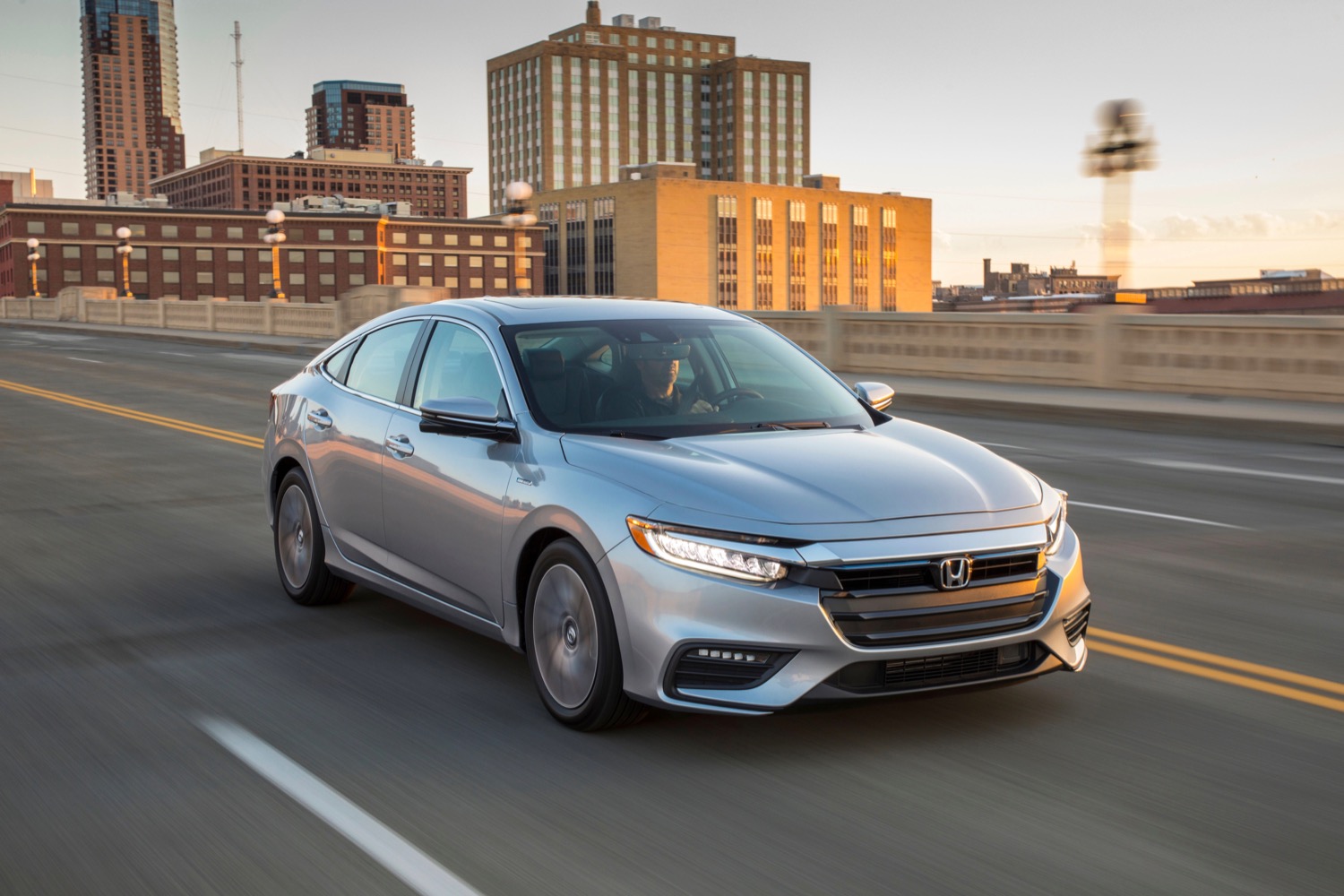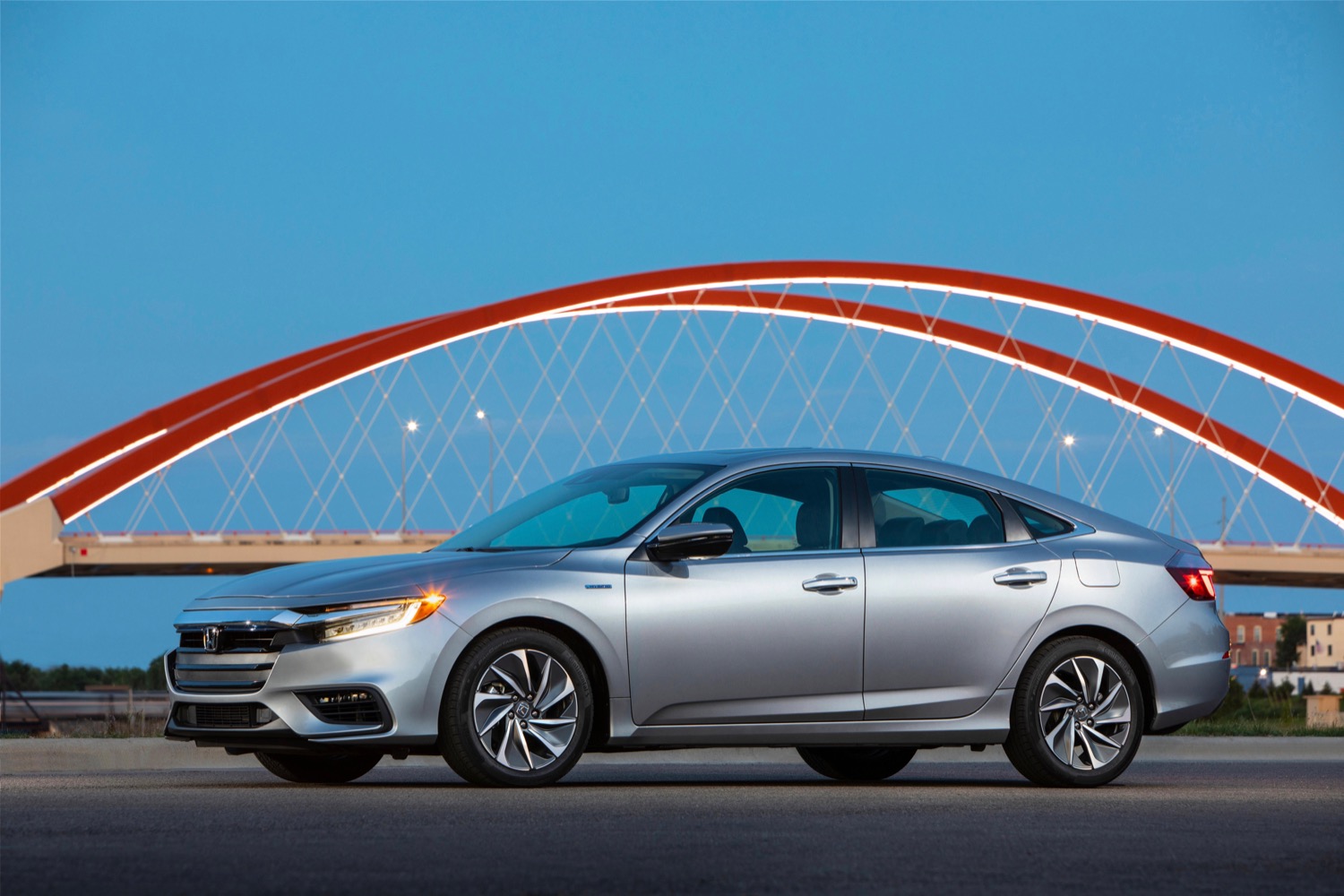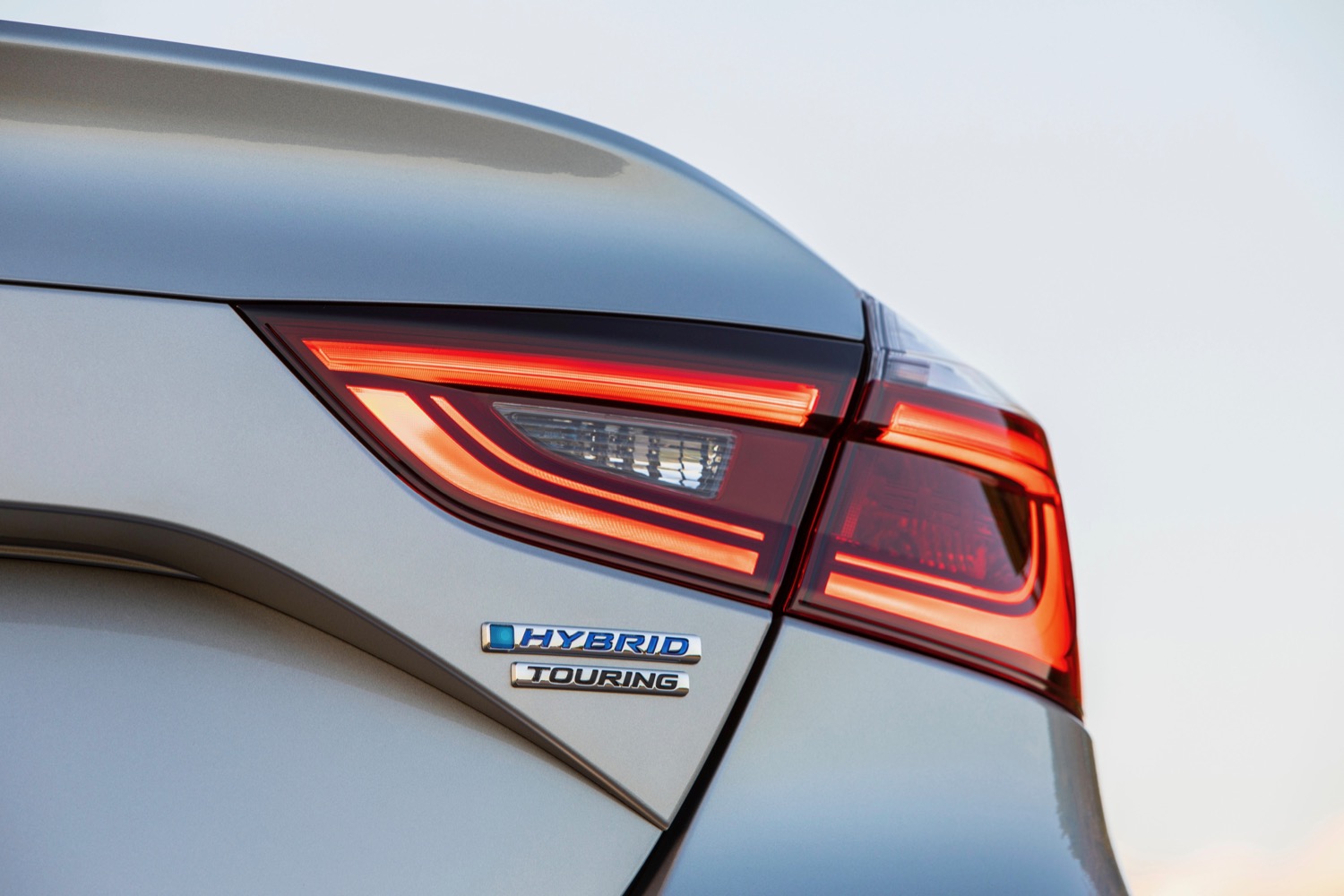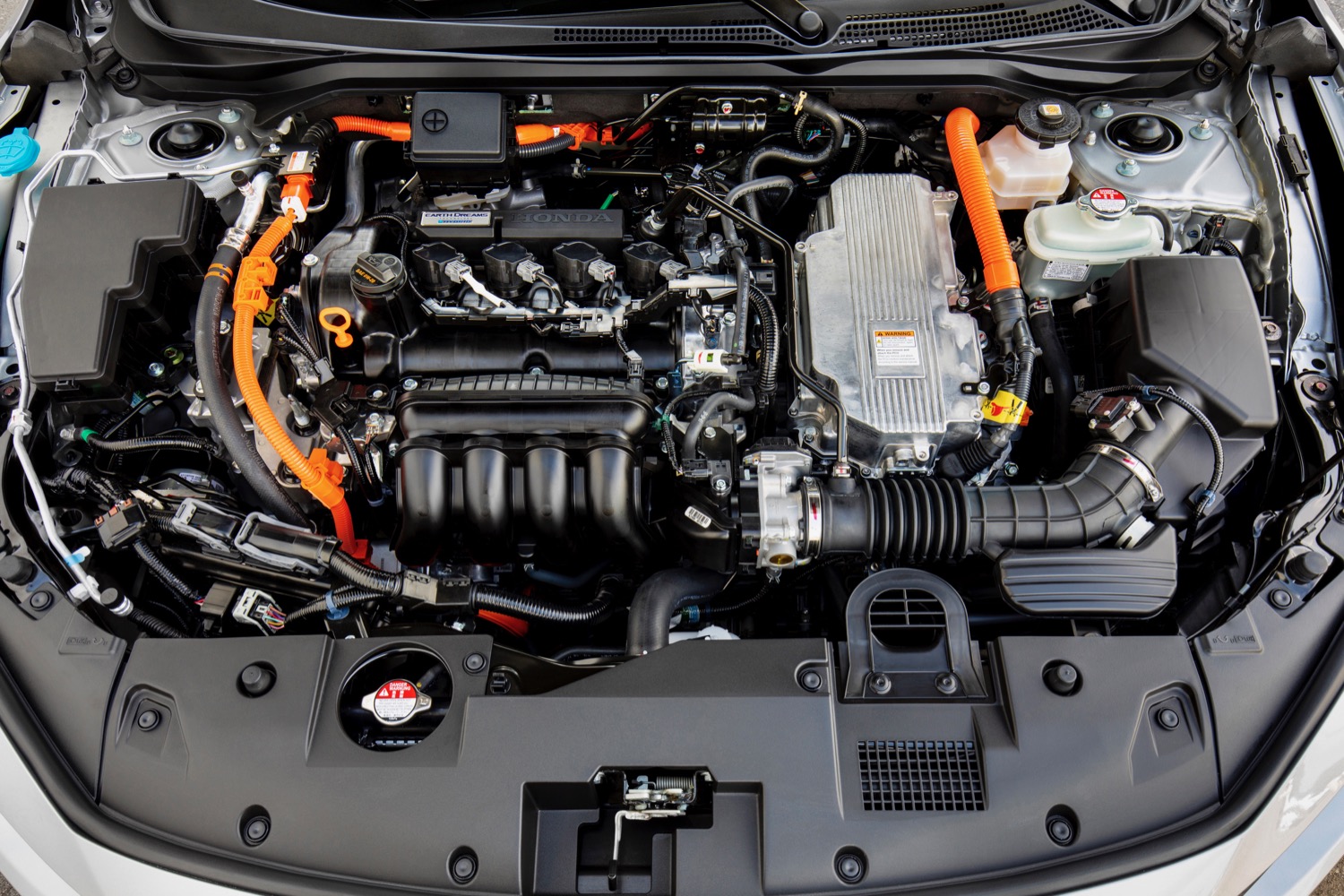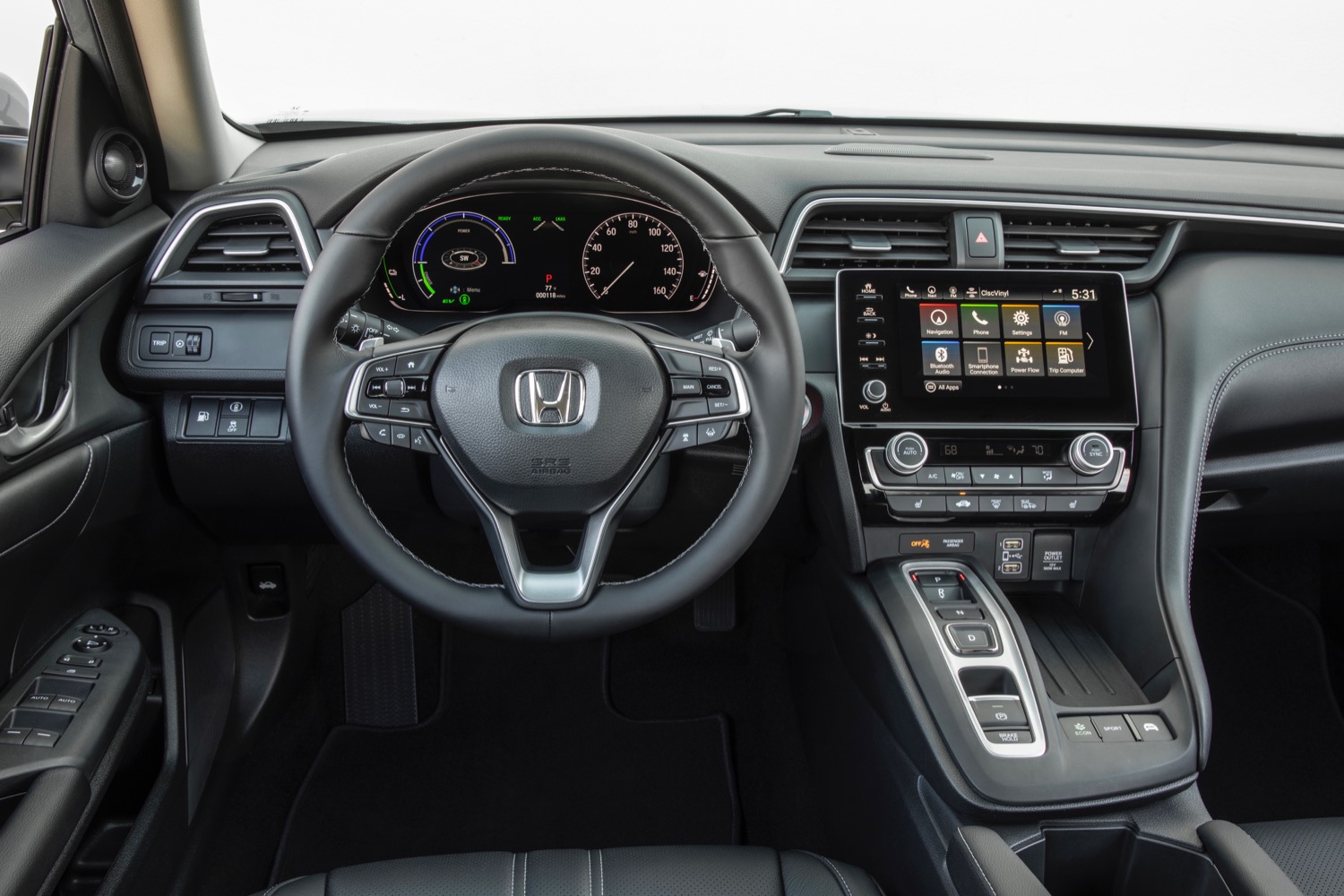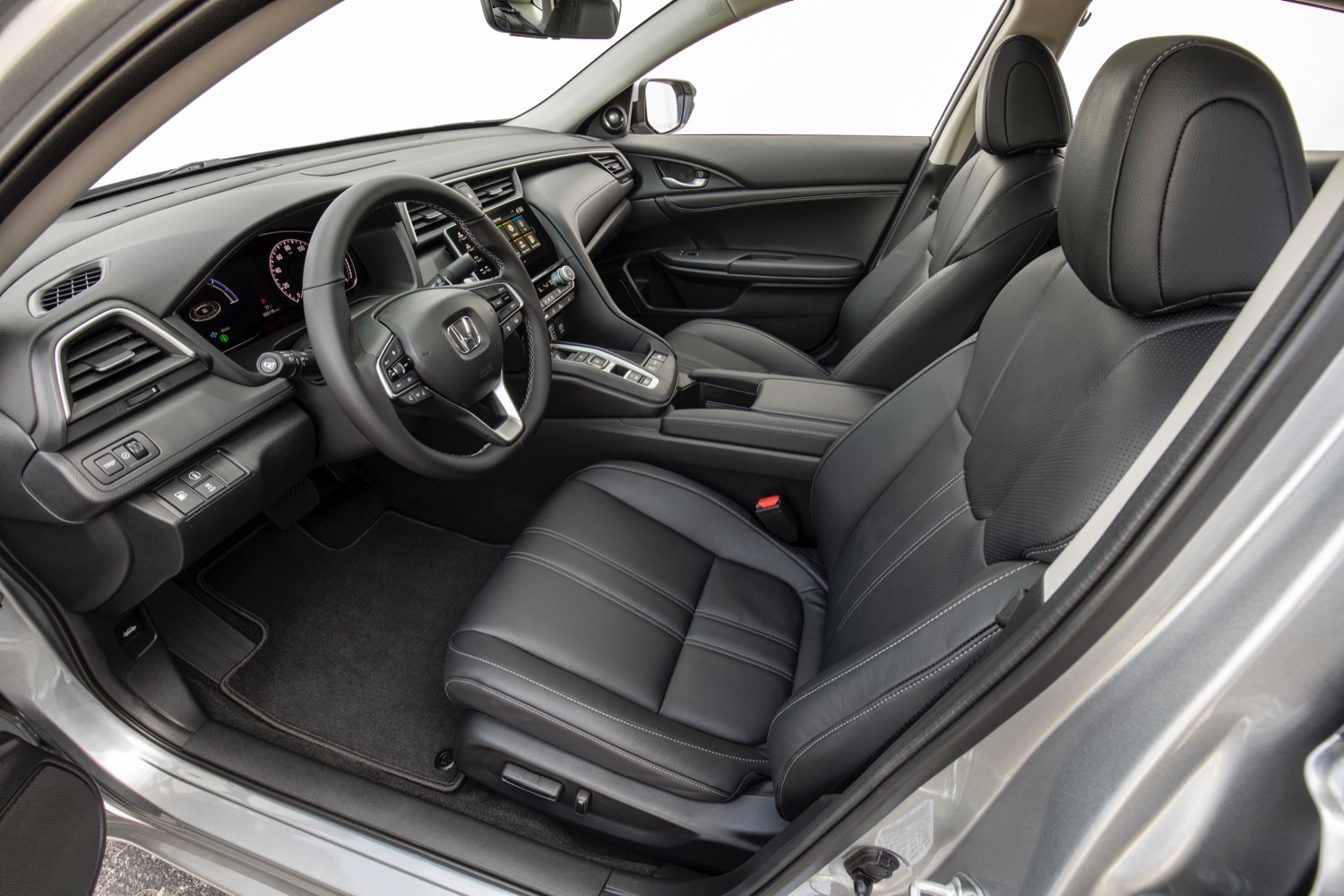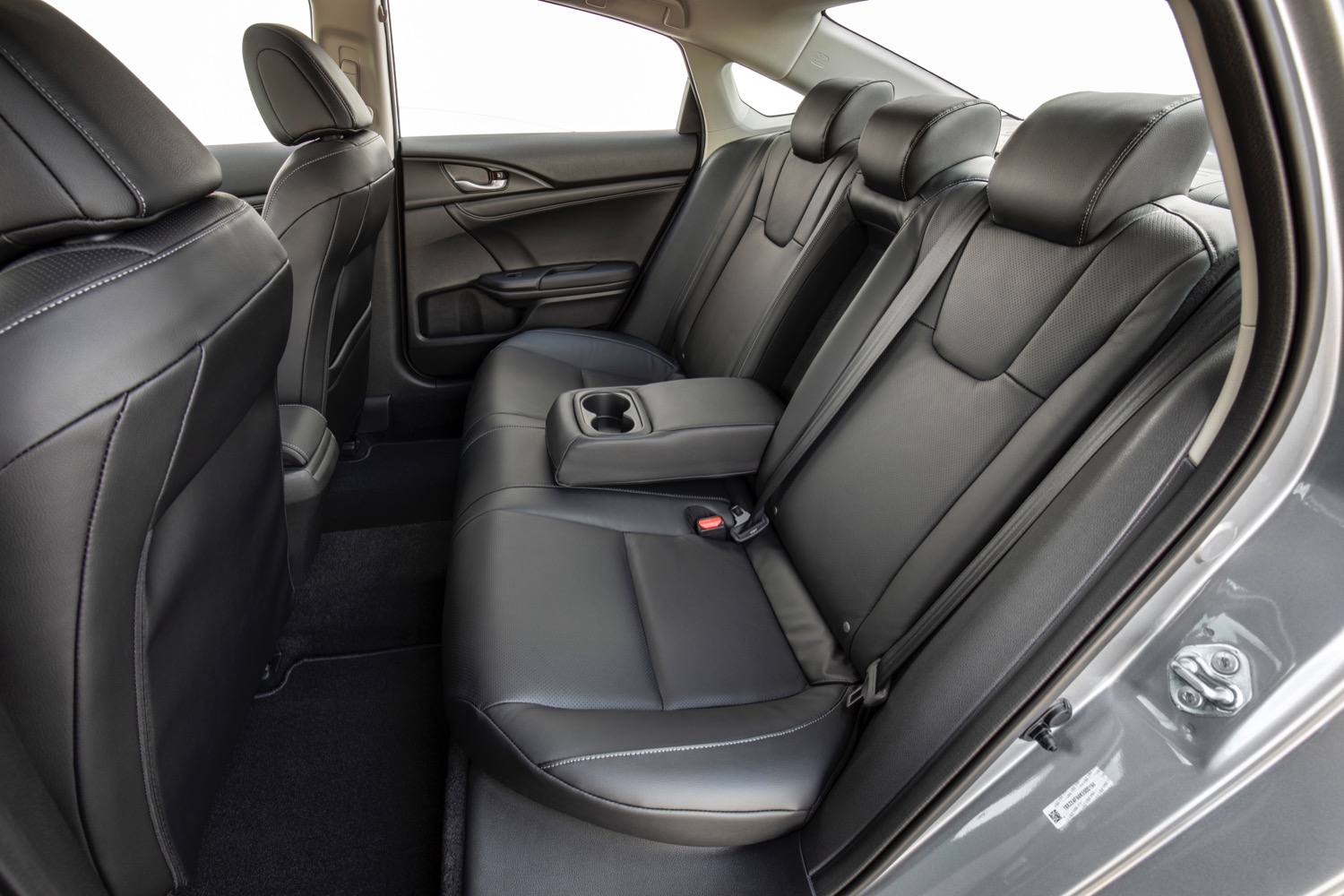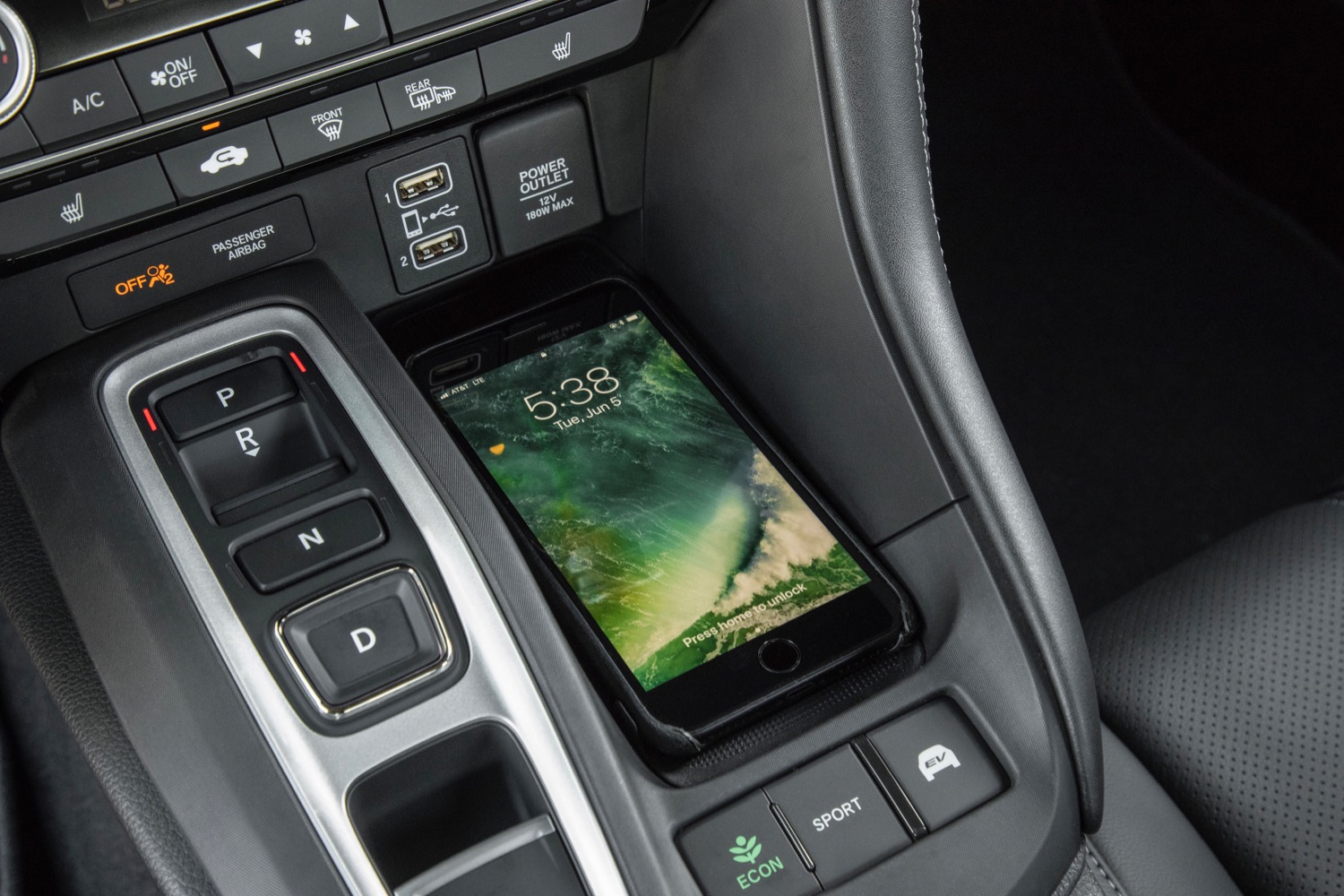The Honda Insight was one of the original hybrids, and the name was revived during the 2019 model year for a new hybrid sedan based on the Civic. Today’s Insight is radically different from the two generations that preceded it. While those cars tried to be different, the current Insight aims to be a practical car that just happens to be a hybrid. For its sophomore year, the current-generation Insight carries forward without any major changes.
The Insight uses the same basic body shell as the Honda Civic sedan, but with changes to accommodate the hybrid powertrain and to give the hybrid a unique identity. Only the roof and rear quarter panels carry over from the Civic, according to Honda.
No mechanical changes were made for the 2020 model year. The Insight uses a 1.5-liter Atkinson-cycle four-cylinder engine paired with Honda’s hybrid system, which eschews a conventional transmission. The gasoline engine acts as a generator most of the time, with an electric motor driving the front wheels. In certain situations, the gasoline engine will also connect directly to the wheels and, like most modern hybrids, the Insight is capable of limited all-electric running.
The Insight is rated at 151 horsepower and 197 pound-feet of torque, giving it more power than the rival Toyota Corolla Hybrid. The Honda has a maximum EPA fuel-economy rating of 52 mpg combined (55 mpg city, 49 mpg highway) in LX and EX trim levels, giving it an advantage over the Toyota in the combined and city categories. However, the Insight Touring model dips to 48 mpg combined (51 mpg city, 45 mpg highway). These figures carry over from the 2019 model year.
The Insight comes standard with LED headlights and the Honda Sensing suite of driver aids, including autonomous emergency braking, adaptive cruise control, lane keep assist, and road departure mitigation. But if you want Apple CarPlay and Android Auto, you’ll have to upgrade from the base LX trim level to the midrange EX. The top Touring trim level adds leather upholstery, a power driver’s seat, navigation, and dual-zone climate control, among other features.
The 2020 Honda Insight is on sale now. Pricing starts at $23,860 for the base LX trim level, rising to $25,240 for the EX. The top Touring trim level starts at $29,270. Those prices represent increases of $135, $245, and $285 for the LX, EX, and Touring, respectively, and are partially the result of Honda increasing the mandatory destination charge from $895 to $930 for 2020. The Insight is assembled in Greensburg, Indiana, while its hybrid powertrain is built in Ohio.
